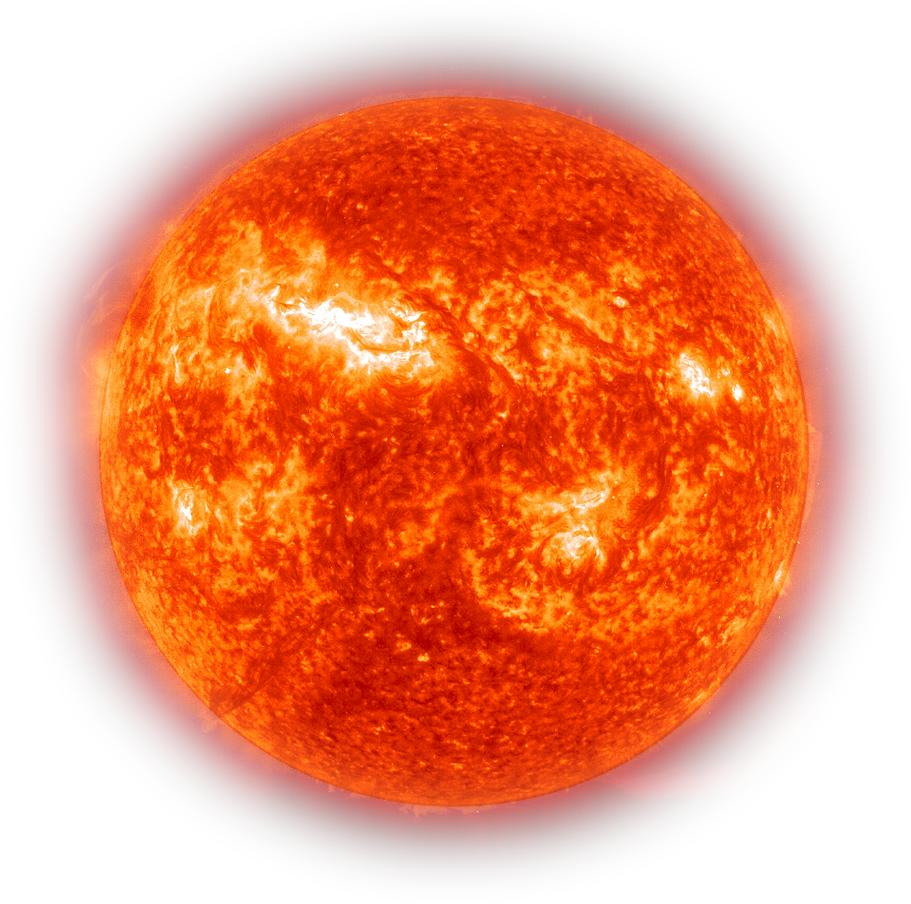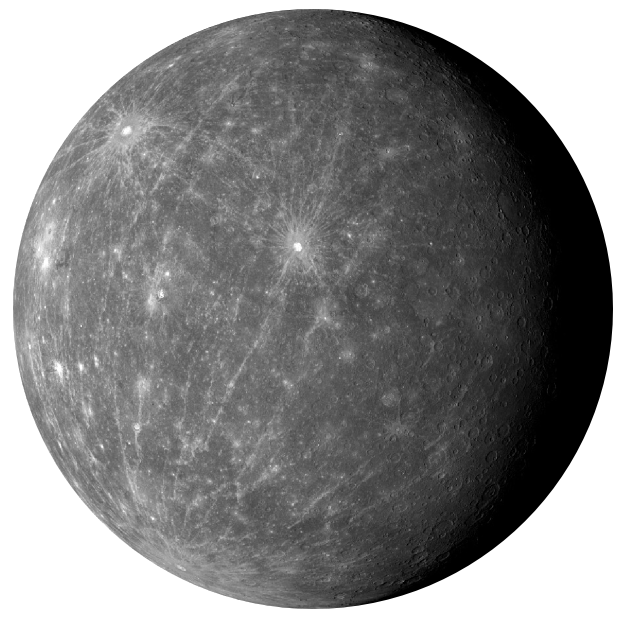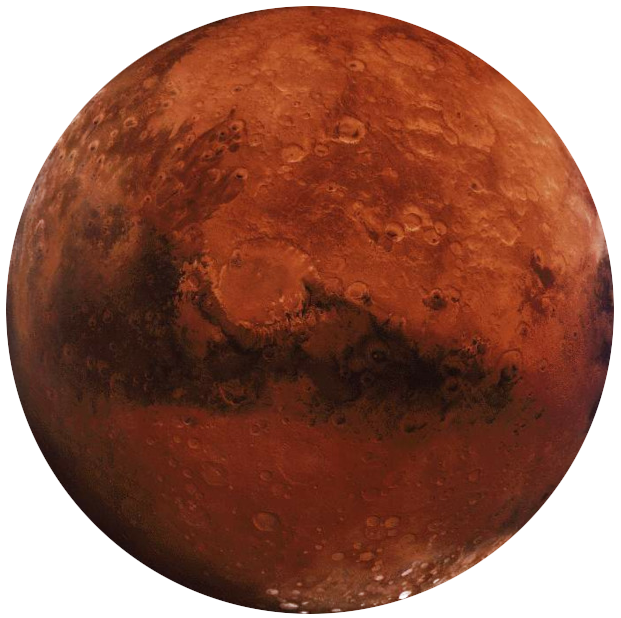






PARALLAX EFFECT ON SCROLL


The Sun
The Sun is a G-type (G2V) main-sequence star based on its spectral class. It formed approximately 4.6 billion years ago from the gravitational collapse of matter within a region of a large molecular cloud. Most of this matter gathered in the center, whereas the rest flattened into an orbiting disk that became the Solar System.
Mercury
Mercury is the smallest and innermost planet in the Solar System. Its orbital period around the Sun of 87.97 days is the shortest of all the planets in the Solar System. It is named after the Roman deity Mercury, the messenger of the gods.
Venus
Venus is the second planet from the Sun. It is the hottest planet, with surface temperatures over 400 °C (752 °F), most likely due to the amount of greenhouse gases in the atmosphere. It has the densest atmosphere of the four terrestrial planets, consisting of more than 96% carbon dioxide.


Earth
Earth is the third planet from the Sun. According to radiometric dating and other sources of evidence, Earth formed over 4.5 billion years ago. Earth is the densest planet in the Solar System and the largest of the four terrestrial planets. Earth's axis of rotation is tilted with respect to its orbital plane, producing seasons on Earth.

Mars is the fourth planet from the Sun and the second-smallest planet in the Solar System after Mercury. Mars is a terrestrial planet with a thin atmosphere, having surface features reminiscent both of the impact craters of the Moon and the valleys, deserts, and polar ice caps of Earth.

Jupiter is the fifth planet from the Sun and the largest in the Solar System. It is a giant planet with a mass one-thousandth that of the Sun, but two-and-a-half times that of all the other planets in the Solar System combined.
Saturn
Saturn is the sixth planet from the Sun and the second-largest in the Solar System, after Jupiter. It is a gas giant with an average radius about nine times that of Earth. It has only one-eighth the average density of Earth, but with its larger volume Saturn is over 95 times more massive.

Uranus
Uranus is the seventh planet from the Sun. It has the third-largest planetary radius and fourth-largest planetary mass in the Solar System. Uranus's atmosphere is similar to Jupiter's and Saturn's in its primary composition of hydrogen and helium, but it contains more "ices" such as water, ammonia, and methane, along with traces of other hydrocarbons.

Neptune
Uranus is the seventh planet from the Sun. It has the third-largest planetary radius and fourth-largest planetary mass in the Solar System. Uranus's atmosphere is similar to Jupiter's and Saturn's in its primary composition of hydrogen and helium, but it contains more "ices" such as water, ammonia, and methane, along with traces of other hydrocarbons.
The Solar System is the gravitationally bound system comprising the Sun and the objects that orbit it, either directly or indirectly. Of the objects that orbit the Sun directly, the largest eight are the planets, with the remainder being smaller objects, such as dwarf planets and small Solar System bodies.

The Sun is the star at the center of the Solar System. It is a nearly perfect sphere of hot plasma with internal convective motion that generates a magnetic field via a dynamo process. Its diameter is about 1.39 million kilometers. About three quarters of the Sun's mass consists of hydrogen; the rest is mostly helium, with much smaller quantities of heavier elements.
Jupiter
Mars

Previous Example / Next Example


VIDEO TUTORIAL
How to recreate this animation effect in the Tilda editor
Here's how you do it. Click "Create new page" in your Tilda account. Scroll to the end of the template list and click "Enter Template ID". Enter the template number you see above. Creating a page by template number is available in our paid plans. Read more in our Help Center.
You can copy the page template with this animation to your project using Template ID.
TEMPLATE ID: 19528147

